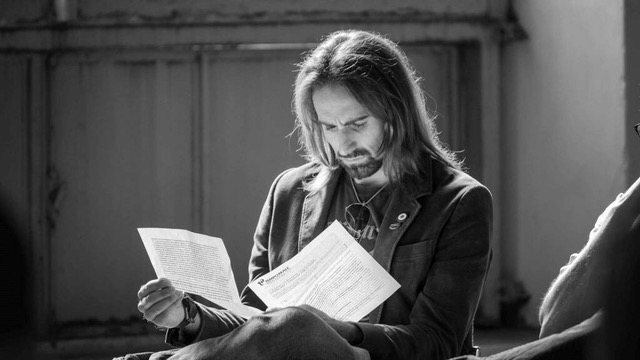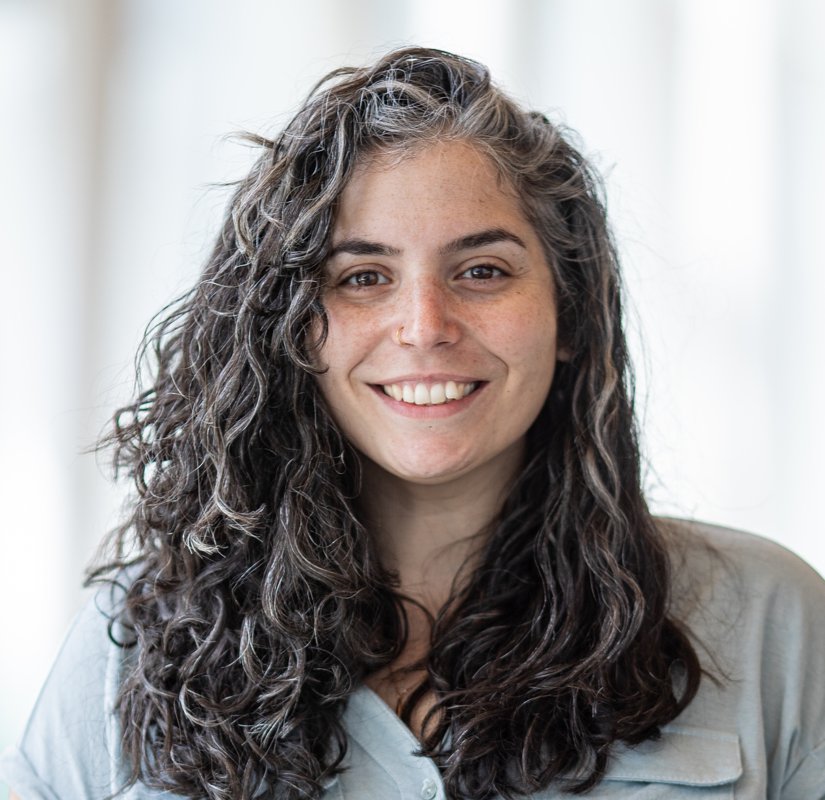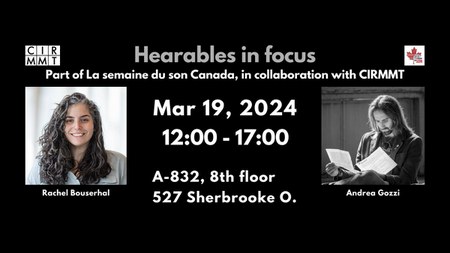Schedule
12:00 Andrea Gozzi: Audio Augmented Reality through Bone Conduction: Challenges and Perspectives, presentation (in french)
13:00 Andrea Gozzi: Stratos-phere, demo
14:00 Break
16:00 Rachel Bouserhal: Ears to the Future: Harnessing In-Ear Wearables for Early Disease Detection, presentation
Tickets
Due to limited seating available, please reserve your free tickets by clicking on the links below:
Andrea Gozzi Presentation & Demo tickets
Rachel Bouserhal Presentation tickets
Presentations
Audio Augmented Reality through Bone Conduction: Challenges and Perspectives
Bone Conduction Headphones (BCHs) enable the seamless blending of real and mediated sound layers, enhancing the realism of virtual sonic objects for Audio Augmented Reality (AAR) experiences. A small device attached to the temporal region of the skull sends the audio signal directly to the cochlea, bypassing the external and middle ear. Since the auditory canal is unobstructed, the headphones allow the mixing of real and virtual sound layers, reducing our cognitive ability to distinguish between the two elements. This interdisciplinary research/creation – merging acoustics, sound design, musical composition, and perception studies – introduces the history of bone conduction and its devices, exploring the latest experiences in this field. Use cases for augmented concert projects and museum visits with immersive audio will be presented, developed by Mezzo Forte, a company specialized in AAR.
Stratos-phere
The demo is a six minutes audio experience of "Stratos-phere" installation, using vocal materials of the singer Demetrio Stratos, frontman and lead singer of the Italian progressive rock band Area – International POPular Group. "Stratos-phere" is an experience for a single spectator that's blindfolded before enter in the studio. Sounds will be heard diffused by a quadraphonic system and bone conduction headphones.
Ears to the Future: Harnessing In-Ear Wearables for Early Disease Detection
The surge in popularity of in-ear wearables, or hearables, stems from their seamless integration into daily life and their unique access to a myriad of human-produced events. With the ear serving as a gateway to a wealth of signals, from speech to subtle physiological cues, coupled with the strides in artificial intelligence, a new frontier emerges: automatic disease detection through hearables. Of particular interest are degenerative diseases like Parkinson’s and Alzheimer’s, where early intervention could significantly mitigate decline. By leveraging continuous individual wear and the simultaneous tracking of diverse signals, multimodal prediction models for early disease detection are within reach. This presentation delves into current advancements in classification models for in-ear signals and explores the promising future applications of such algorithms.
Presenters
Andrea Gozzi

Musician and musicologist, postdoctoral researcher in audio augmented reality at the Université de Montréal – Faculté de musique. Holds a Ph.D. in musicology, digital humanities, and new technologies in music from the SAGAS department at the University of Florence. A team member of Tempo Reale, the Florence center for research, production, and musical pedagogy founded by Luciano Berio. Co-founder of Mezzo Forte, a French company specialized in audio augmented reality.Andrea Gozzi is also a professor in Sound Design at the Académie LABA of Florence and a lecturer in rock history and Sound Design at DAMS (University of Florence). As a musician, he has collaborated with Italian and international artists, both live and in the studio. He participated in events such as LIVE 8 in 2005 in Rome and has performed in France, England, Germany, and Canada. Additionally, he has authored books and essays dedicated to the history of rock and musical biographies in Italy and Canada.
Rachel Bouserhal

Rachel Bouserhal is an Associate Professor in the department of Electrical Engineering at École de technologie supérieure (ÉTS, Montréal, Canada). She is the director of the Research in Hearing, Health, and Assistive Devices Laboratory (RHAD Lab). She completed her BSc and MSc in Electrical Engineering at Michigan State University, where she was heavily involved with Audio Enthusiasts and Engineers, a student group that builds and designs audio-related projects. Following her passion for audio and signal processing, she completed her PhD at ÉTS in 2016 focusing on speech signal processing and communication enhancement for intra-aural technologies. During her postdoc she became interested in exploring other signals captured from inside the ear which has laid the foundation for her current and future projects. Her work on in-ear speech enhancement is a granted patent in the US and has received several awards including ÉTS’s “Most Promising Invention Award” and the Mitacs NRC-IRAP “Award for commercialization” in 2018, as well as the Québec Science “Invention of the Year Award” in 2019. She has been awarded several grants including from the Natural Sciences and Engineering Research Council of Canada, and Société Inclusive. She holds a research chair on multimodal health monitoring and early disease detection. She is the associate director of scientific and technological research at Centre for Interdisciplinary Research in Music, Media and Technology. Her research interests are signal processing, speech, hearing, machine learning, health monitoring, nonlinear control, and engineering education.

